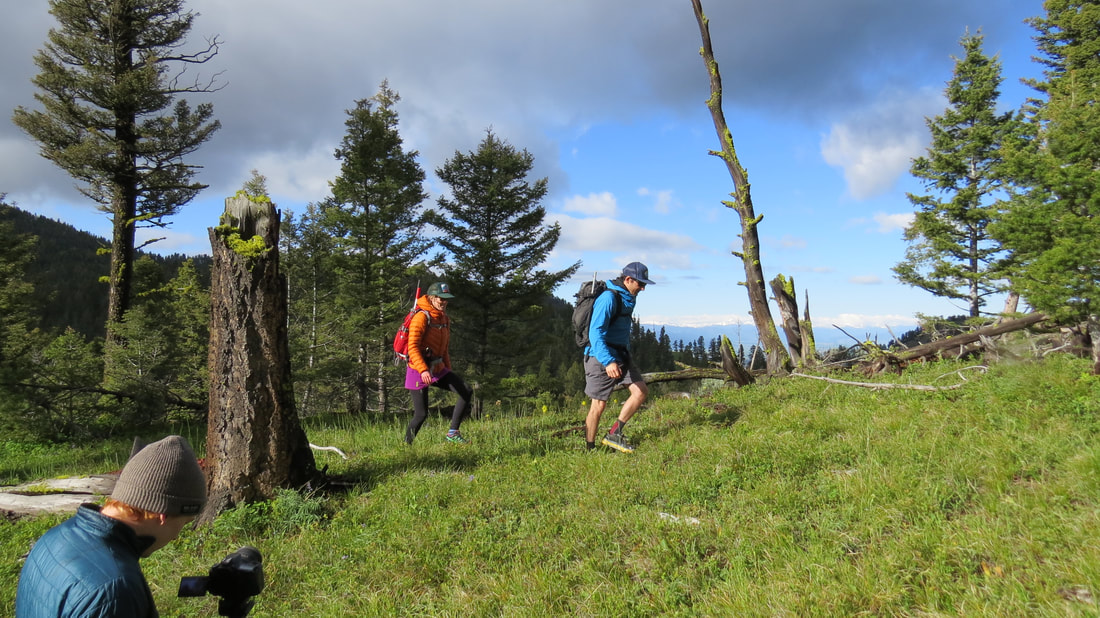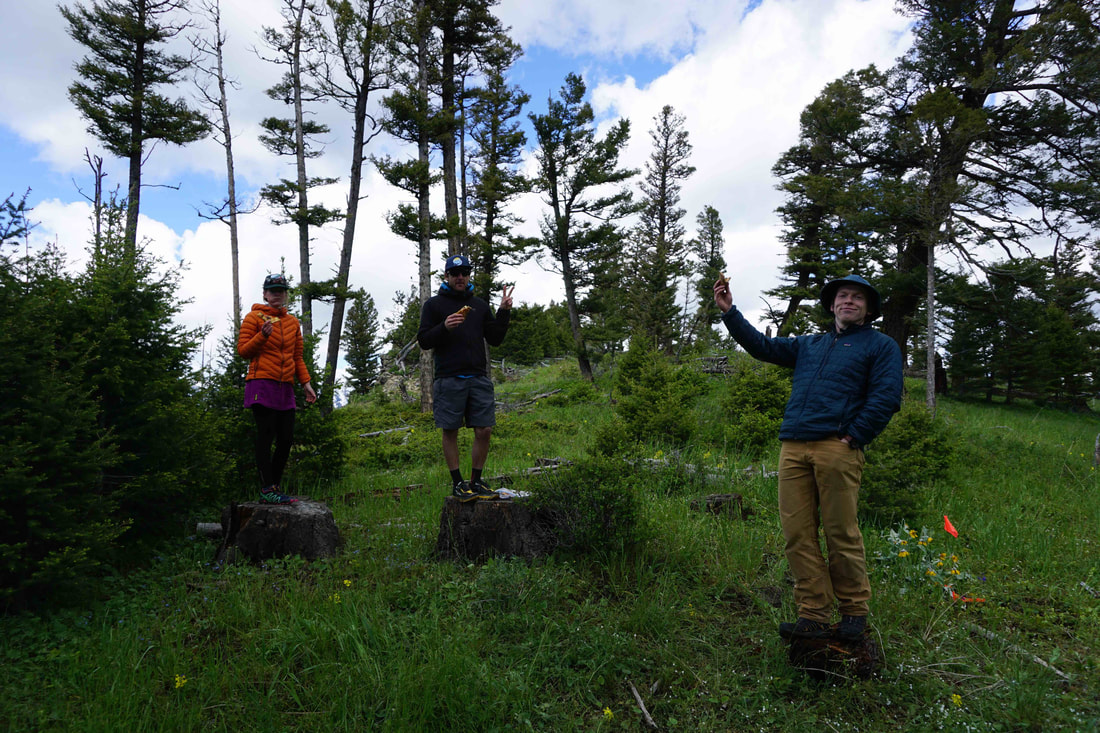By: Victoria Ortiz
Our main goal in building training materials is to ensure that our partners get the data they need – meaning completeness, accuracy and consistency. To conduct work in the field, volunteers must pass protocol tests with a 100% score. They also need to retake the tests periodically to ensure continued protocol retention. All volunteers also regularly interact with Adventure Scientists’ staff to make sure they are prepared to participate.
For our newest project, Conserving Biodiversity – Pollinators, we worked with Bozeman-based videographer Aidan Weltner to film short, funny (if we do say so ourselves) and informative protocol videos. We went behind the scenes with Aidan to learn more about the creation of this video.
The most challenging aspect of the film was finding flowers and butterflies. Extended rain storms and fickle wind conditions are the nature of late spring and early summer. I learned that butterflies and flowers do not like wind and thus it took us a little longer to film than expected. On top of that, butterflies are hard to catch and even harder to film!
Illustrating the tagging of flowers that grow in bushes/groups was the most difficult. We decided that it was best to tell viewers how to do this in the voice overs. I didn’t think any aspect of the protocol was confusing. It all seemed pretty intuitive!
I always thought that Adventure Scientists’ projects required a lot of prior experience to participate. Now, I think that people who enjoy recreating outside could and should apply to contribute in these studies.
Edward Abbey used to measure driving time in six packs. How many six packs did it take to produce this film?
At least four. Maybe 4.33
Bring ankle braces. Those damn ground squirrel dens seem to be easier to find when you’re focused on the butterfly flying erratically 10 feet in front of you.


